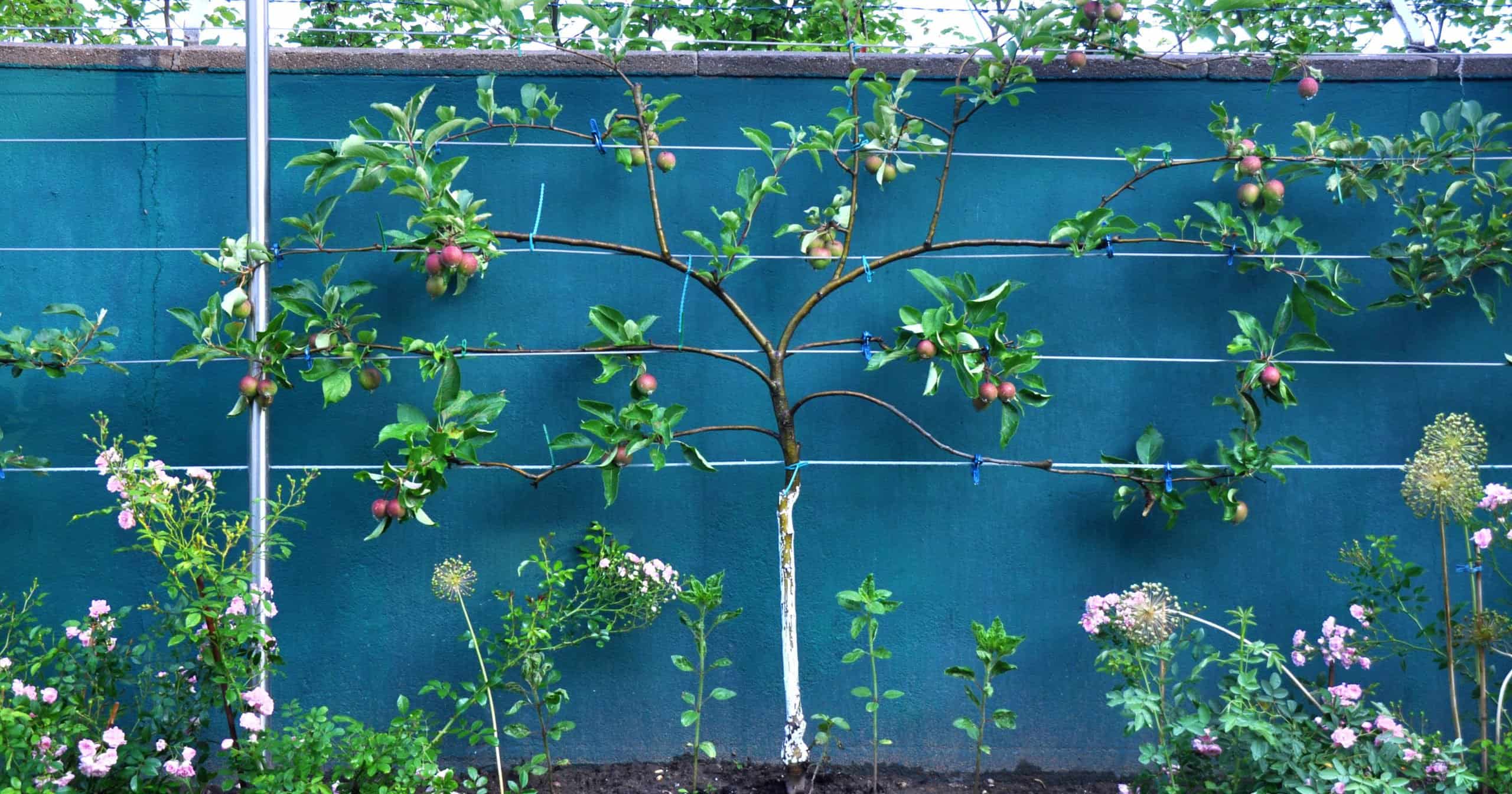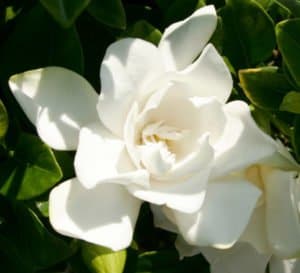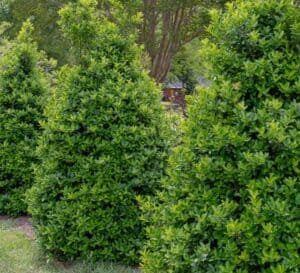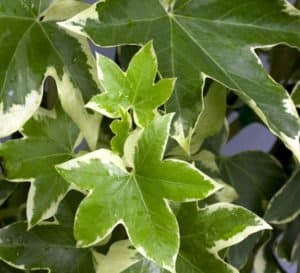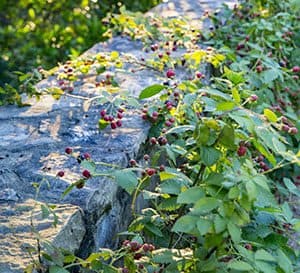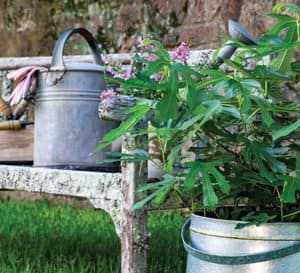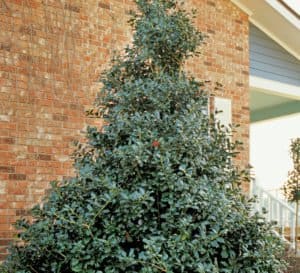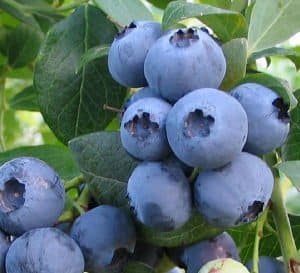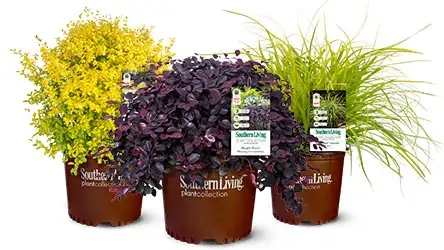Espaliering is the technique of growing a woody plant on a flat plane using the plant’s trunk and limbs to form a pattern against walls, fences or other structures, or as a freestanding work of botanical art anywhere in the yard.
The practice of espaliering dates back to ancient times when it was first used to grow fruit-bearing vines and trees in small spaces—inside castle courtyards or along crowded Medieval streets, for example.
By growing these plants against southern or western facing walls and fences and pruning them into an open pattern, early agriculturalists harnessed more sunshine, which lengthened the plants’ growing seasons and increased fruit yields and quality.
These espaliers (espalier is a French word derived from the Italian term spalliera, meaning “something to rest the shoulder (spalla) against”) were not only functional, they were also beautiful, and the practice was adopted for use with ornamental plants. They are especially ideal for smaller garden spaces or for adding signature beauty and elegance to bare walls and austere fences.
Espaliered plants may be used to create a variety of patterns such as simple T-, U- and V-shaped designs, or more intricate basket-weave, Belgian fence, step-over, palmate (fan), chevron or candelabra shapes. They may also be sculpted into less formal patterns, such as whimsical serpentines or naturalized free-form designs.
How to create an Espalier:
1. To create your very own espalier, pick a pattern you like and draw it on a piece of paper. Then, use that drawing to develop a support system that will be used to train the plant’s shape as it grows.
2. Support systems can be as simple as mounting rust-proof eye-hooks or galvanized or masonry nails equally spaced in a grid on the area of wall or fence you want to cover.
3. String thin galvanized-steel or copper wire between the nails or eye-hooks linking each nail to the one beside, above and below it. You can also install a freestanding trellis or support system, which can be located out in the yard or in front of a structure to allow for better air circulation around the plant and to provide easier access for plant maintenance.
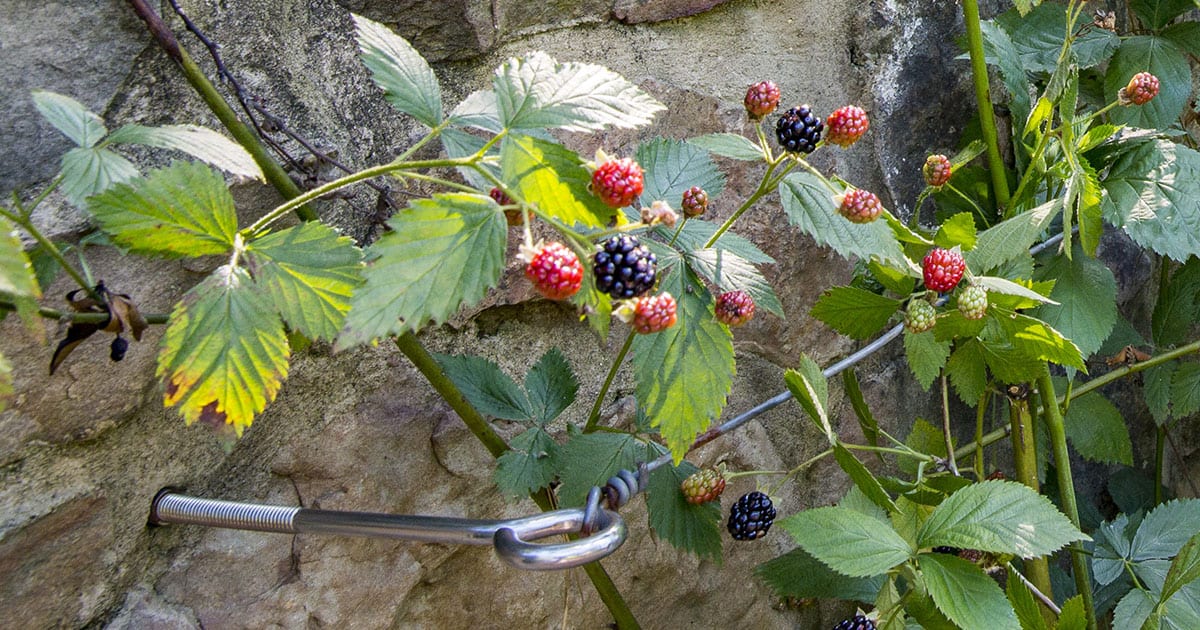
4. Once you’ve set up a support system, plant your chosen shrub, tree or vine 6- to 8-inches away from any permanent structure, so the plants’ roots have plenty of room to grow. For more intricate designs, you may want to use more than one plant. When the plants have settled into their new location, remove any branches that do not fit your design needs, then gently secure the remaining branches to the wires using twist ties or string – training them to fit your pattern’s design.
5. As the plants grow, snip off unnecessary shoots a couple of times a year and secure new tender shoots that fit your pattern to the guide wires. For flowering and berry-producing plants, midsummer is an ideal time to prune, though it’s best to follow pruning recommendations for your specific plant choice.
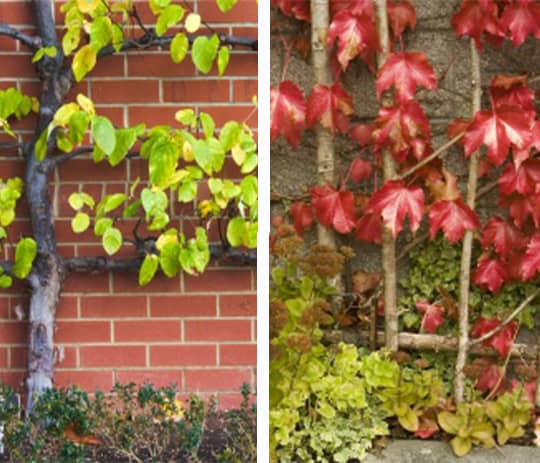
These Southern Living Plants work well as espaliers:
- Any of the Southern Living evergreen camellias make gorgeous blooming espaliers. They provide leafy beauty year-round and then erupt with pink, white, or magenta- and pink-bordered blooms in the fall and early winter. Plant Cleopatra™ or Marc Anthony® liriope around their base for added depth and you’ll have a picture-perfect display of botanical art.
- ‘Angyo Star’ Fatshedera, an evergreen vine with large, sweet-gum shaped leaves, also makes a fabulous espalier, especially if underplanted with a dramatic foundation plant such as black mondo grass, which has stunning purple-black foliage that contrasts beautifully with Angyo Star’s™ rich green and creamy white-bordered leaves.
- Other shrubs that work well as espaliers include Jubilation™ gardenia, Oakland™ or Robin™ hollies or Yewtopia® plum yew.
- The Early Bird™ crapemyrtles, though deciduous, can be beautiful espalier choices because their appealing bark and limb structure add interest even when the leaves and blooms are not present.
- Southern Living blackberries or fig trees also work especially well espaliered, as the fruit is easier to access for picking.
Though it may take two or three years before your espaliered plant has reached its perfect form, the botanical art you create will be well worth the wait.

